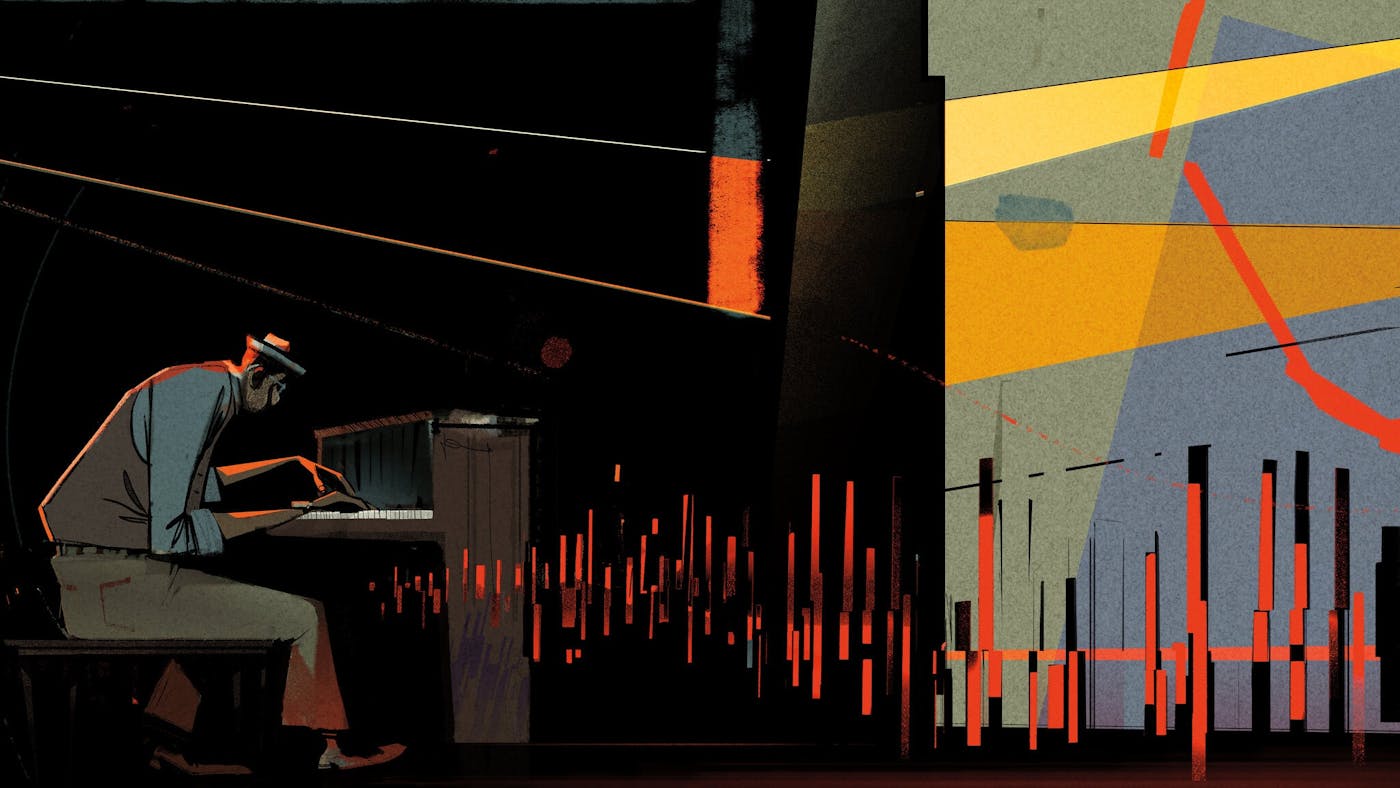I have enjoyed listening to “On Being” with Krista Tippett for years, and today’s episode knitted my neurons in some pleasing ways this morning. In this episode, she interviews Nobel laureate physicist Frank Wilczek, who wrote A Beautiful Question: Finding Nature’s Deep Design in 2016.
I have long sensed—hoped for—connections between our human concepts and sense of beauty, and of the empirical studies of physics, math, and astronomy. This is not a new impulse, or idea; rather, an ancient and default way of considering the cosmos.
Many of the artist-scientists of the Renaissance followed their insights from art to science and back again, leaving concepts in their wake that would lay the foundations for scientific discoveries in the centuries to follow.
It’s fascinating to consider that the artistic and mathematically-based development of true, geometrically-based perspective — something humans do from birth with ease — is now being taught to computer vision systems (baby AIs, if you will).
Letting beauty lead the way
One of the most profound and exciting insights I heard in the conversation this morning, was the idea beauty can be a signal, method, or approach that can reveal insights into a difficult problem—before the science or math articulates the details:
I remember almost a magical moment when I was speaking with one of my colleagues after a seminar, trying to figure out what this seminar meant. It was about fractional charge, and it was a very difficult seminar to understand. Neither of us really did. But then I tried to write an equation, which captured the way it should work, and the equation almost wrote itself. And it was just so pretty that I knew it had to be correct, and that turned out to be the key to a very important investigation that — it’s still ramifying through physics.
I find this enormously encouraging, a blessing or permission to consider a problem from a different, even artistic angle before worrying about your scientific hypothesis. It’s okay to let music, visual art, poetry, or a nourishing conversation guide you in approaching a challenge! To hear that one of our preeminent physicists embraces this approach to understanding the mysteries of the cosmos is heartening.
Wilczek: “one of my notions about the human concept of beauty is that beautiful things are things that evolution has primed us to enjoy and want to come back to and feel pleasure in experiencing. And one thing that has that nature is learning things that are useful in getting around in the world. So, things we can learn from, new experiences that can help us in other endeavors, give us pleasure. And learning about the world, and learning about how strange it is, and then …
Tippett: And being taken by surprise in ways that advance us that we couldn’t have imagined before.
Wilczek: Being taken by surprise, learning things, is expanding your concepts, your power, your appreciation of the world. So I think that is beautiful. It’s intrinsically beautiful to learn things.

Concept art from Pixar’s, “Soul” movie, via NYT
On "flow states" and "soul moments"
Something else Wilczek said here stuck out to me. His comment, “…the equation almost wrote itself” reminds me a lot about Mihaly Csikszentmihalyi’s research into “flow states”. There have been a few moments in my life where I have experienced this profound flow state; in one, when I was studying art in college. I remarked to John Parish (one of my dear friends and close collaborators in art) that, up to a certain point of struggle with a painting, if I only kept at it, a breakthrough would occur: the painting would finish itself, and all I had to do was simply stand there, and not leave or allow interruptions. At that moment, a flow state would occur, letting my mind become unleashed, and the hand, brush, paint, and canvas would become one, resulting in quality work.
I find this flow state remarkable and, like many others, a profound experience. Recently we watched, Pixar’s “Soul” as a family, which does one of the best depictions of this experience on film. Honestly, that movie made me weep, just because it was so beautiful.
Last weekend, on the drive up to Mt. Rainier, upon seeing the mountain for the first time, I heard my oldest daughter say something that reminded me about this: “I am having a, ‘Soul’ moment”. I have felt the same thing at times. This is a concrete experience, and a state that is worth developing through practice and discipline. I was able to experience it through painting, because I had worked at it for years to enable the flow state to occur. Through years of hard work and study, Wilczek was able to achieve a state of flow that allowed his complex equation that he described as, “it was just so pretty, I knew it had to be correct”.
Snow-covered pines, Mt. Rainier National Park.

Snowshoeing on the Paradise Trail, Mt. Rainier National Park. I find that when I’m working hard in the mountains, my mind empties out, giving myself a respite from other thoughts. It’s all just breathing, moving, observing my environment, watching the weather, listening to my body.
Beauty in symmetry




"Complementarity" as a feature of reality and wisdom
Wilczek explains some aspects of his observations on complementarity*, which I understand as sort of a quantum symmetry that applies to not only the rules of the universe, but the rules of our hearts and minds as well. It’s symmetry, but with complexity at the heart. The ability to hold two opposite ideas in your mind at once, and not be torn apart by it.
As a mental discipline or way of approaching problems, it’s incredibly liberating, and opens possibilities, rather than closing them off. There are implications for religion, politics, and of course, the arts (which has probably been embodying this paradox for millenia).
Note: what Wilczek is not talking about here is complementarianism, which is a particular modern fundamental Christian patriarchical worldview that relegates women to traditional roles. He may not be aware of this connection. I consider myself an egalitarian on the subject of women’s roles based on Galatians 3:28 et. al.
Beauty and the divine
Speaking of ancient ways of viewing the world, it’s fascinating to consider how these concepts connect humans with the divine, and different ways of thinking and being. Religion has the language to help navigate some of these abstract concepts. Being raised in a religious family and community, I’ve been drawn to faith as a way to understand the universe — alongside and in addition to understanding reality through science and observation. They are not incompatible; they center around different questions. I like to think that science is the tool of God, the means by which we can more deeply know and understand His creation.
I’ll close with the joy I felt in Bible teacher Beth Moore discovering Bezalel, the craftsman God chose to build His vision for the Tabernacle, surely a Bronze Age wonder of the world:
Happy Sunday, y’all. I’m closing in on the last few chapters of Exodus in my morning Bible readings. Ch 37 today. 1st of all, I’d like to say that Bezalel doesn’t get enough press. As artists go, he’s the GOAT. We’re told in Exodus that God filled him with His Spirit not only to
— Beth Moore (@BethMooreLPM) January 10, 2021
Yes! Bezalel deserves some contemplation:
— Allan White (@allanwhite) January 10, 2021
• Existing talent amplified
• Skilled in multiple crafts
• TAUGHT others
🕊 first mention of Holy Spirit filling a person
God cares about beauty, & loves artists. As craftspeople go, he’s the GOAT!
Bezalel has been kind of a minor figure in the Hebrew Scriptures, but to me he represents the ultimate craftsman/teacher, following an amazing divine blueprint for his, well, community architecture project. More importantly, the attention that his Creator gives him in this story shows us a little bit about what God values: beauty, harmony, excellence, quality, and community. His (albeit brief) example is one I have striven to consider as I work to be a craftsman-teacher, or just a better human being.
